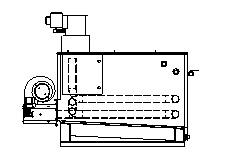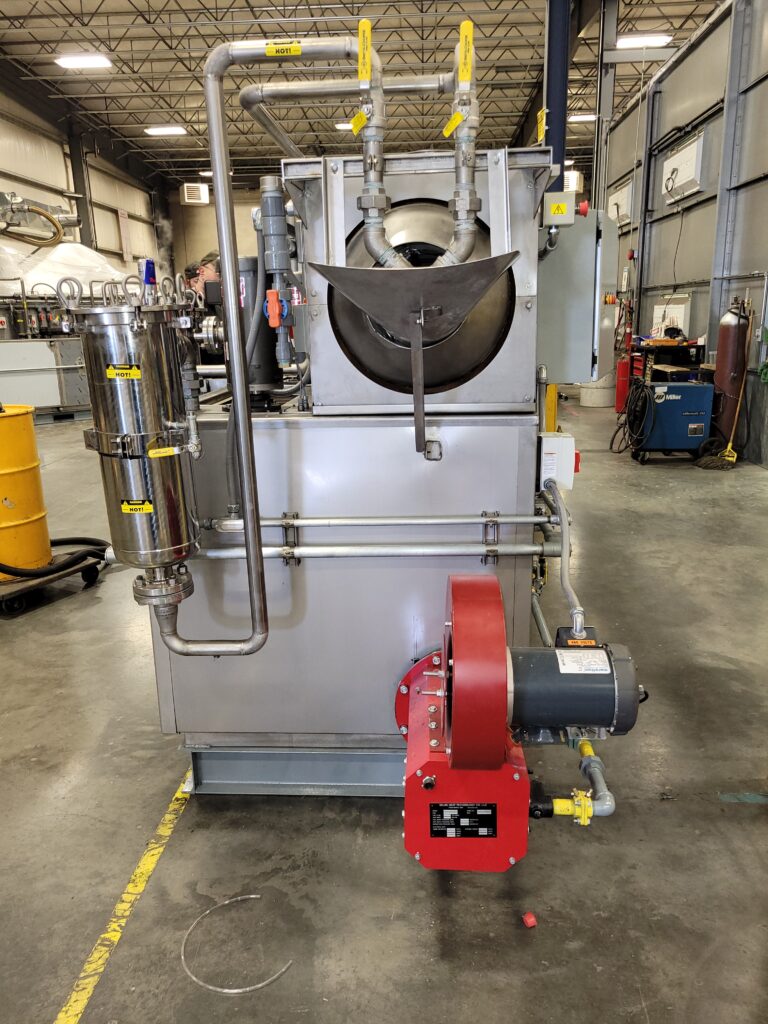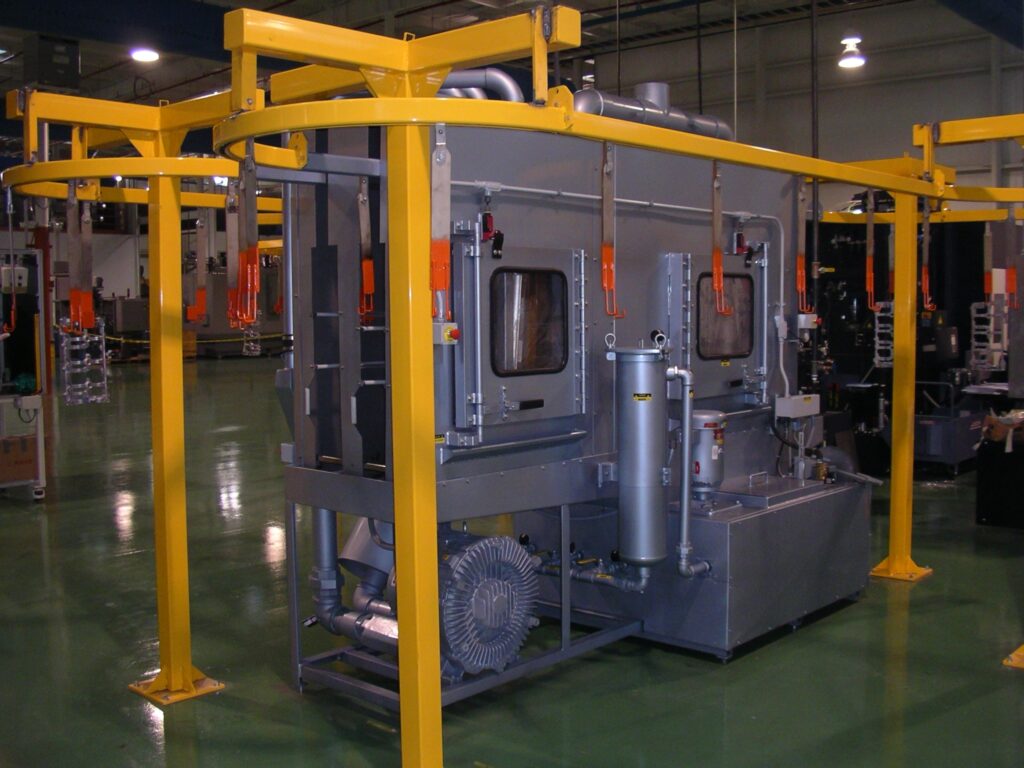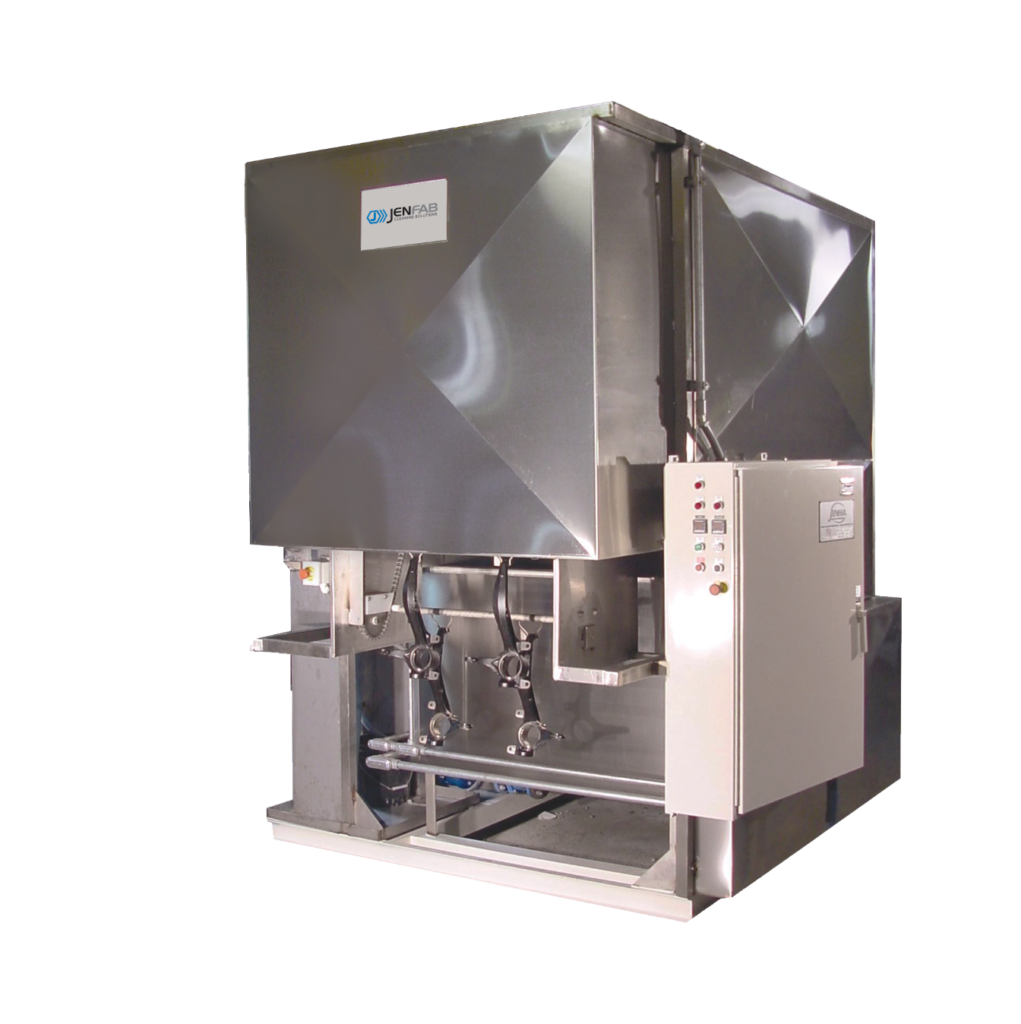When it comes to cleaning, all medical devices and instruments must be free from residuals used or created during the manufacturing process. Anything left behind could affect the device’s function later or pose long-term health risks to the person receiving the device. Medical devices, such as knee, hip or ankle implants, and other equipment, like COVID-19 diagnostic tests, must meet FDA requirements.
Many medical devices are hard to clean because they include tubes, blind holes, recesses and crevices. They also may be made of porous materials or include joints where soils can collect. Ultrasonic parts washers perform the fine cleaning needed to remove microscopic and even submicroscopic soils.
What is ultrasonic cleaning? How can you start using sound waves to clean parts? Read more about using ultrasonic cleaning systems in medical manufacturing.
Contaminants From Manufacturing
Cutting. Shaping. Polishing. Manufacturing processes often create contaminants from pastes or lubricants used while machining, forming or assembling parts. For example, oil may be used to cut and form medical implants. Other pastes may be utilized to create a final polish.
Processes like milling and grinding may leave behind tiny metal chips or shavings. These contaminants can get caught in the joints, holes or passages of medical devices and equipment. All contaminants must be removed before sterilization. Anything left behind could pose a threat to the patient receiving that device.
The Solution: Ultrasonic Parts Washers
Ultrasonic parts washing involves one or more cleaning tanks, a cleaning solution, and sound waves. With an ultrasonic parts washer, parts are submerged underwater for cleaning. Ultrasonic transducers within the washer emit sound waves, which agitate the liquid surrounding the parts.
Through a process called cavitation, sound waves cause bubbles to form in the liquid. These bubbles grow unstable and collapse, imploding when they hit objects like the parts in the washer. The force of the imploding molecules loosens soils and debris from the parts inside.
Most ultrasonic parts washers emit sound waves at a frequency of 25 kHz to 40 kHz. Lower frequencies work well for removing grease, oil and other contaminants from surfaces. For fine cleaning, higher frequencies remove submicroscopic soils and can reach any complexities or detailing on the parts.
Though great for specialized cleaning, ultrasonics should not be used for initial soil removal.
Ultrasonics & The Aqueous Cleaning Process
An aqueous cleaning system with ultrasonics is often a multi-tank system. The parts to be cleaned are placed inside a tank (with a basket or carrier) and submerged in the cleaning chemistry. Medical devices and equipment may go through a primary cleaning to remove the initial layer of debris, a secondary cleaning in an ultrasonic cleaning tank, and a final rinse. You may require more wash and rinse steps depending on your application.
Choosing An Aqueous Parts Washer
Selecting an aqueous parts washer and cleaning chemistry can be difficult. At Jenfab, we’re here to help! We can test wash your parts to make sure the system you choose meets your cleanliness standards. Is an aqueous parts washer the solution to your needs? We have the ultrasonic capabilities you need, and many of our parts washers can integrate into your current production line.
LeanClean 360 Models
Combine multiple sound wave frequencies to clean submicroscopic particles from medical devices with the LeanClean 360 series. Inside a LeanClean 360, parts rotate within a basket as they are submerged into an ultrasonic cleaning solution and sprayed with jets. The LeanClean 360 models also feature rocking settings for more delicate parts.
View our LeanClean models with built-in ultrasonics made to meet critical cleaning specifications.
Vertical Agitation (VA) Immersion Models
Need a precision clean for thousands of parts? Our Vertical Agitation Immersion models are in-line systems made for multiple cleaning and rinsing steps. These models can perform ultrasonic cleaning at 20 kHz, 25 kHz and 40 kHz.
Explore our Vertical Agitation Immersion models for fully automated solutions.
Ready to find the right parts washer for your application?
Request a quote from Jenfab to learn more about our aqueous parts washers and their capabilities.


















